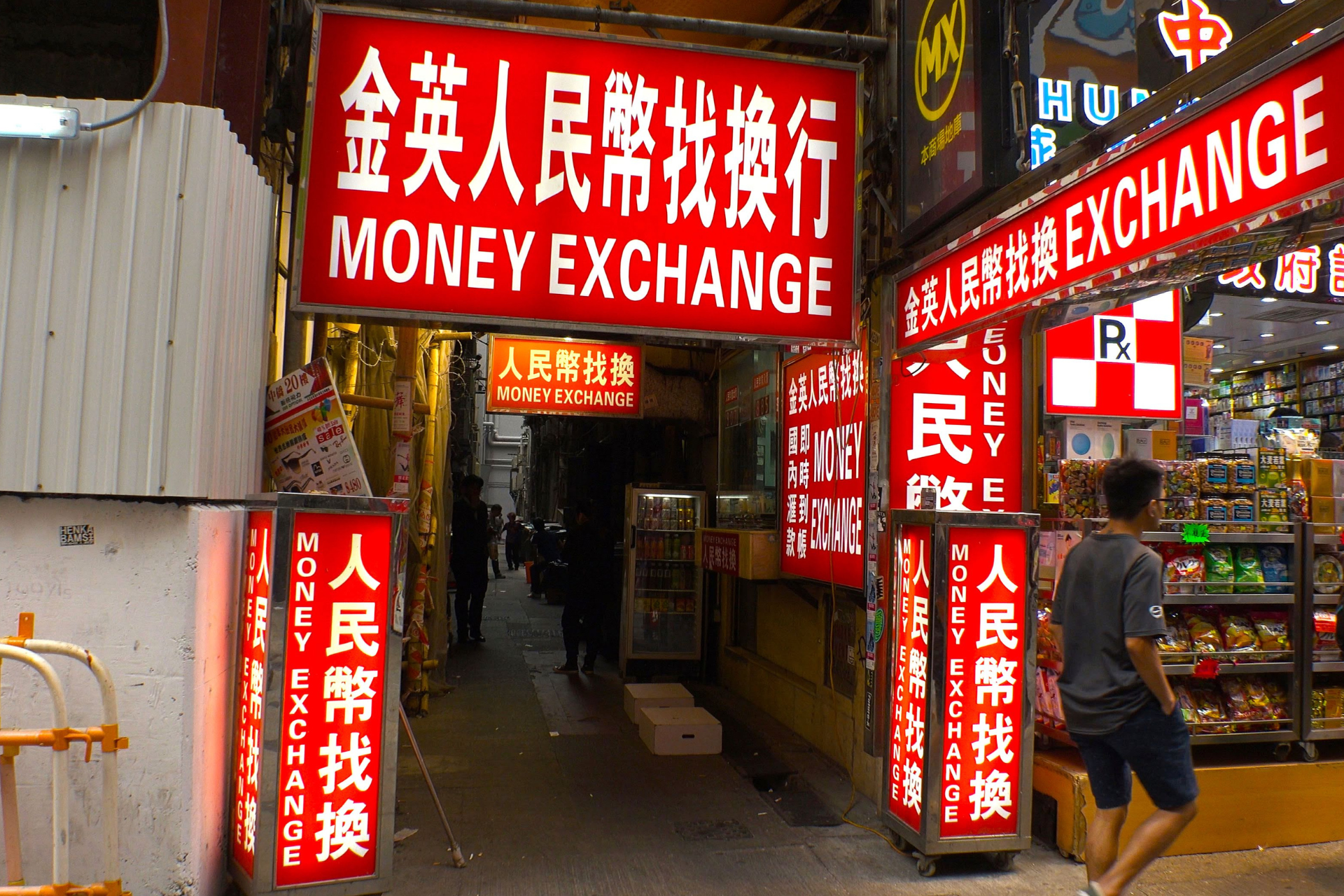Unveiling the Impact of Currency Exchange Discrepancies
Emerging economies often grapple with the challenges of currency exchange, especially in nations that impose restrictions on capital outflows and predominantly experience net inflows due to a current account deficit. This phenomenon is marked by a higher volume of imports compared to exports. Countries like Nigeria, Bangladesh, Pakistan, and Argentina offer prime examples of markets where parallel currency rates become not just a necessity but a staple of financial transactions.
The Essence of the Parallel Market
Understanding the Demand and Supply Dynamics
The parallel market rate emerges out of necessity in countries with stringent capital controls and a significant demand for foreign currency that the official channels cannot satisfy. For instance, a company in Nigeria looking to send dollars abroad faces an open market where dollars are scarce, creating a scenario where demand far outstrips supply.
Parallel vs. Official Rates: A Comparative Glance
When individuals in wealthier nations intend to send money home, they encounter unattractive official exchange rates—consider the Central Bank of Nigeria (CBN), which might list 1000 Naira for every dollar, in contrast to 1500 Naira available in the parallel market. The choice becomes clear: maximize the value sent home through the parallel market.
The Mechanics of the Parallel Market
A Transaction Model
The process involves a money transfer operator in, say, the United States, who takes $1,000 and agrees to pay out at 1500 Naira per dollar in Nigeria, keeping the physical dollars stateside. This operator then coordinates with a local company desiring to purchase dollars, facilitating an exchange that benefits all parties involved.
The Broader Economic Impact
Persistent Demand in the Face of Scarce Supply
This scenario underscores an insatiable demand for dollars, with demand sometimes outpacing supply by significant margins. Such conditions inevitably lead to a premium on the parallel market rate.
Challenges for Central Banks
Efforts by central banks to curb these practices often fall short due to the structural economic challenges inherent in these countries. As net import economies, the demand for foreign currency to pay for imports far exceeds the available supply through official channels.
Conclusion: The Inevitability of the Parallel Market Premium
The parallel market, with its various monikers—curb rate, street rate, or black market rate—plays a pivotal role in the economic fabric of countries with restrictive currency exchange policies. Despite government efforts to mitigate these disparities, the fundamental economic conditions suggest that such premiums are likely to persist. As emerging economies continue to navigate these challenges, understanding the dynamics of the parallel market becomes crucial for both policymakers and individuals aiming to maximize their financial transactions.
—
This page was last updated on February 14, 2024.
–




